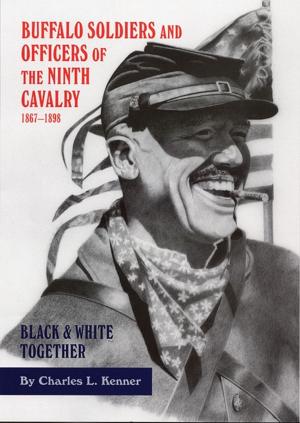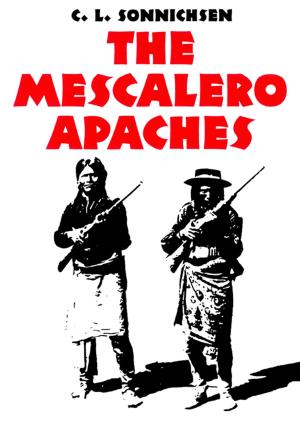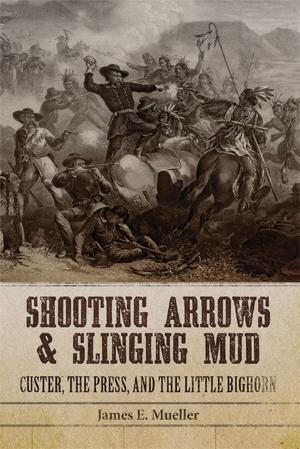The Birds and Beasts of Mark Twain
Nonfiction, Entertainment, Drama, Anthologies, Fiction & Literature, Classics| Author: | Robert Roche | ISBN: | 9780806187587 |
| Publisher: | University of Oklahoma Press | Publication: | September 6, 2012 |
| Imprint: | University of Oklahoma Press | Language: | English |
| Author: | Robert Roche |
| ISBN: | 9780806187587 |
| Publisher: | University of Oklahoma Press |
| Publication: | September 6, 2012 |
| Imprint: | University of Oklahoma Press |
| Language: | English |
Long before moving pictures were invented, youngsters from eight to eighty were being charmed by a special kind of animated cartoon—the word sketches of Mark Twain. His descriptions and episodes involving animals have all the life of a Walt Disney production with the added advantage of the great wit and artistry of Twain’s prose—something which could never be captured in pictures alone.
A Mark Twain sketch may begin as an ordinary cartoon: a camel eating the author’s coat. You can see the scene, and it’s very funny: the camel “opening and closing his eyes in a kind of religious ecstasy, as if he had never tasted anything as good as an overcoat before in his life.” But then comes the Twain touch. The camel finds some newspaper correspondence, starts to eat it, and “dies a death of indescribable agony, choking on one of the mildest and gentlest statements of fact that I ever laid before a trusting public.”
Over and over again, Twain goes beyond mere humor to turn his portraits into truthful, though sometimes unflattering, insights into the world and human nature. For most of Twain’s animals are “as human as you be.”
Long before moving pictures were invented, youngsters from eight to eighty were being charmed by a special kind of animated cartoon—the word sketches of Mark Twain. His descriptions and episodes involving animals have all the life of a Walt Disney production with the added advantage of the great wit and artistry of Twain’s prose—something which could never be captured in pictures alone.
A Mark Twain sketch may begin as an ordinary cartoon: a camel eating the author’s coat. You can see the scene, and it’s very funny: the camel “opening and closing his eyes in a kind of religious ecstasy, as if he had never tasted anything as good as an overcoat before in his life.” But then comes the Twain touch. The camel finds some newspaper correspondence, starts to eat it, and “dies a death of indescribable agony, choking on one of the mildest and gentlest statements of fact that I ever laid before a trusting public.”
Over and over again, Twain goes beyond mere humor to turn his portraits into truthful, though sometimes unflattering, insights into the world and human nature. For most of Twain’s animals are “as human as you be.”















